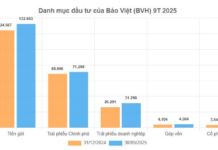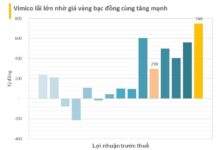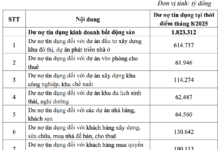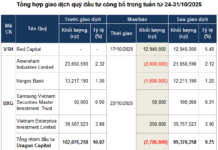
Introducing the SYM PE3: A Revolutionary Plug-in Hybrid Scooter
SYM has officially unveiled the PE3, a groundbreaking plug-in hybrid scooter designed for exceptional fuel efficiency. This innovative vehicle is one of the world’s first plug-in hybrid scooters, seamlessly transitioning between electric and gasoline power modes.
Initially showcased as a concept at EICMA 2023, the SYM PE3 features a unique hybrid configuration. Its 115cc gasoline engine acts as a generator, while a 4 kW electric motor propels the scooter, achieving a top speed of approximately 75 km/h. This setup, known as a Range Extender, ensures extended travel without direct reliance on the gasoline engine for propulsion.

SYM PE3: Combining Electric and Gasoline Power for Unmatched Efficiency
Equipped with a 1.5 kWh battery, the SYM PE3 offers flexible charging options—both via plug-in and gasoline-powered charging. This dual-charging capability addresses range anxiety, making it ideal for long-distance travel. SYM claims this design reduces fuel consumption by up to 50% compared to traditional scooters.
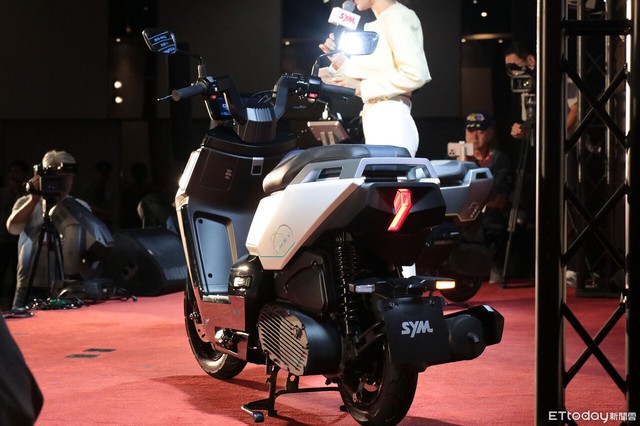
SYM PE3: Extended Range, Sustainable Mobility
Internal tests reveal the SYM PE3 can travel up to 58 km on electric power alone. When combined with the gasoline engine as a generator, it achieves an impressive 325 km range on just 3 liters of fuel. As a plug-in hybrid, the PE3 supports home and public charging, with a fixed battery system eliminating the need for battery rentals.
While the SYM PE3 began as a 2023 concept, its mass production timeline remains uncertain. However, SYM’s innovative range-extender architecture and energy management system hold promise for future commercial applications, potentially revolutionizing the scooter industry.
The Steel Company’s Profit-to-Loss Transformation: A Story of Stock Portfolio Mishaps
The audit adjustment of allowance for stock depreciation turned Dương Hiếu Mineral Trading and Exploitation JSC (HOSE: DHM) from a near VND 2.8 billion post-tax profit into a VND 3.2 billion loss for the first half of 2025, marking the first biannual loss since its operation.













